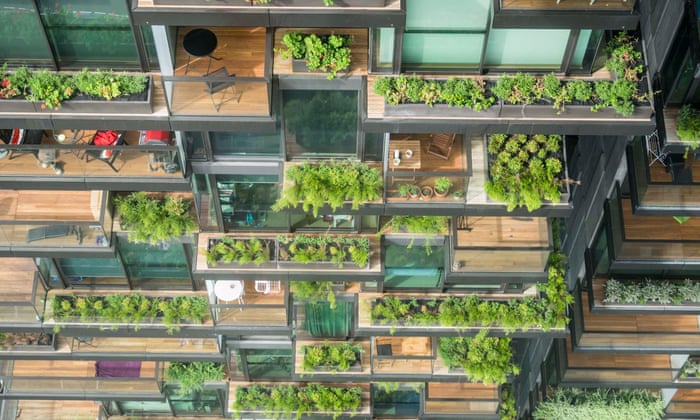Architects, designers and urban planners are borrowing from natural phenomena as diverse as termite mounds and resilient grapefruits to design smart, sustainable cities

With soaring glass skyscrapers and swaths of concrete, modern cities often seem actively to work against nature, pushing it down and suppressing it rather than working alongside it.
Yet a growing number of progressive architects, designers, engineers, scientists and urban planners are looking to the Earth’s systems for inspiration.
Biomimicry is based on the idea that animals, plants and the Earth’s natural processes are the ultimate engineering feats. The approach looks to replicate nature’s clever ideas, whether it be designing a water collection device with inkjet-printed microdroplets imbued with binding agents, based on the Namib desert beetle’s ability to harvest vapour from fog; or a passively cooled building in the style of a termite mound. Biomimicry stems from the logical conclusion that nature’s systems function well: examples of when they fail are found only in the fossil record.
Of course, there is a big gap between marvelling at a spider’s ability to spin a web, and designing a fabric that mimics its selectively sticky properties. And the sheltering tree does not provide the solid cover of a roof to keep out rain. But the glimpses of light and moving shadow the tree casts could offer other benefits, such as negating the need for illumination at specific times of day. A smart building might exploit these.
Dr Cheryl Desha was a panellist at last month’s event Catching up with the Jetsons: Cities in 2050 at the World Science festival in Brisbane. The Queensland University of Technology lecturer in sustainable development foresees a future in which cities are more like natural environments, functional and resilient, protecting inhabitants from weather, pollution and viruses, while minimising their carbon footprint.
Read more here.


















